The Princess Who Kept a Pet Lion at the Plaza Hotel
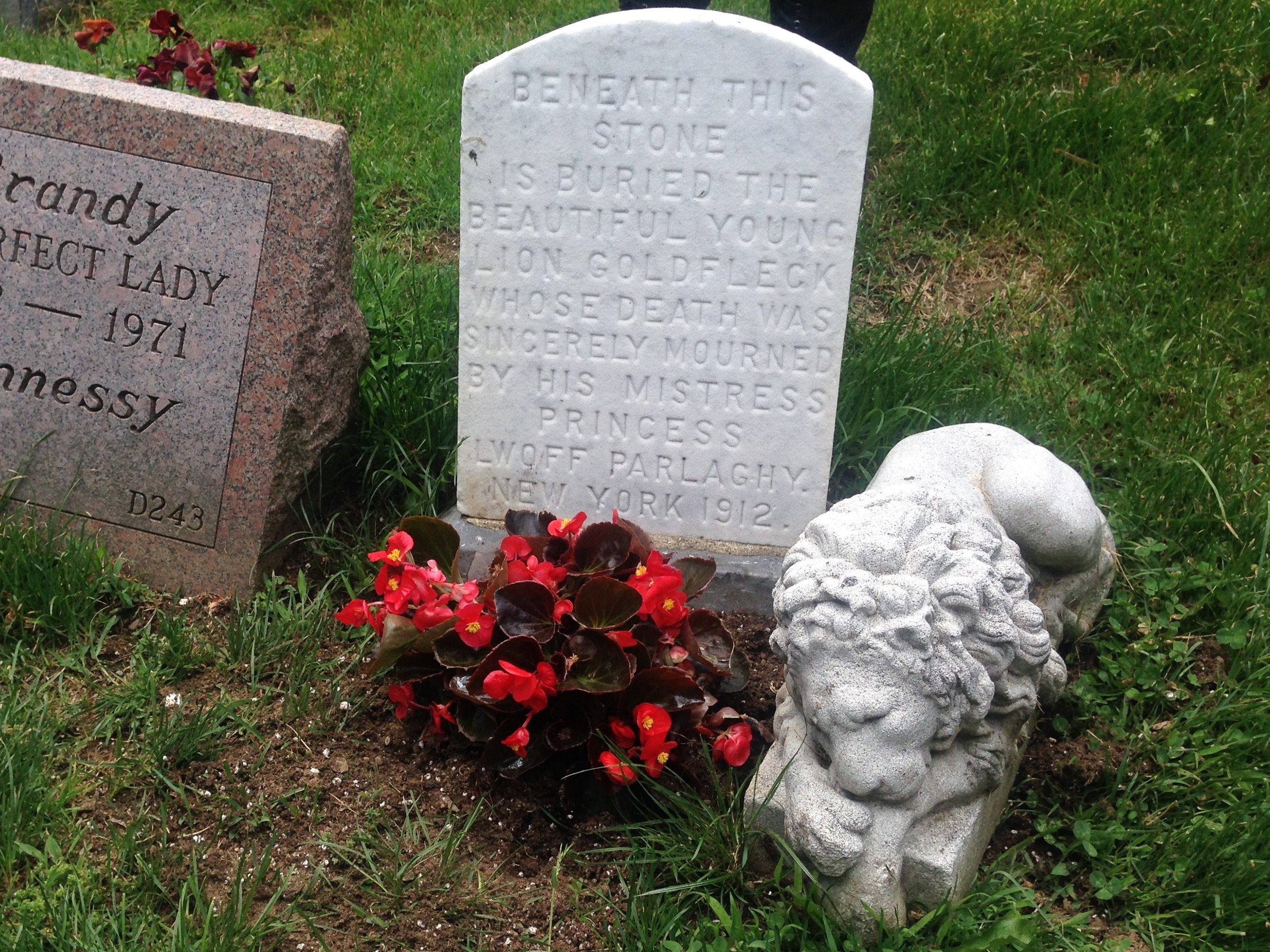
The grave of Goldfleck the lion cub. (Photo: Ella Morton)
Every gravestone at Hartsdale Pet Cemetery in New York represents the story of a remarkable and beloved animal. There’s Woodstock, a cat so docile he was often mistaken for meatloaf. There is Speculaas, Who Left No Ball Unchased.
And then there is perhaps the most intriguing grave of all: Goldfleck, a lion cub who once belonged to a Hungarian princess.
Goldfleck, who passed away in 1912, was the short-lived but sorely missed pet of Princess Elisabeth Vilma Lwoff-Parlaghy, a woman whose life was full of art and adventure. Parlaghy was born in Hungary sometime between 1863 and 1867—though her birthdate is often quoted as April 15, 1863, the New York Times lauded her as an artistically talented woman of “not yet thirty” in July 1896. Raised in Hungary and Germany and educated at the Academy of Arts in Paris, Parlaghy began to attract the attention of the Paris, Berlin, and Vienna art worlds in 1891 with a striking portrait of her mother, the Austrian Baroness von Zollerdorff.
 Elisabeth Parlaghy’s portrait of her mother, Baroness von Zollerdorff. (Photo: Public domain/Wikipedia)
Elisabeth Parlaghy’s portrait of her mother, Baroness von Zollerdorff. (Photo: Public domain/Wikipedia)
Within a few years, Parlaghy’s portraits of European royals were being exhibited internationally, including at the 1893 World’s Fair in Chicago, where the art jury awarded her a gold medal. “Few men to-day among the world’s portrait painters have so large a way of looking at nature or a broader manner of expressing form,” wrote the New York Times of her portraiture on July 12, 1896. “She sweeps in her subject in big, vigorous brush strokes, and she models with great freedom.”
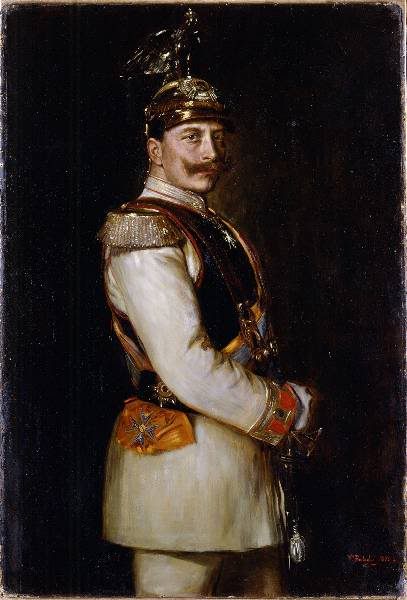
Parlaghy’s portrait of Wilhelm II, German Emperor and King of Prussia. (Photo: Public domain/Wikipedia)
At that time, Parlaghy was nearing the end of her first visit to the United States. The Times, clearly charmed by her many attributes—“graceful in figure, animated in features and conversation, and, like many of her race, a rare linguist,” the article boasted—was not shy about expressing its hope that Parlaghy would return to America.
“The woman, her career, youth, personality, and the astonishing success with which she has met altogether make her an interesting figure in the art world,” wrote the Times. “[T]he possibilities of her future are practically unlimited … we may expect great things.”
Great things did indeed follow, and not just in the artistic realm. In 1899, Parlaghy married Russian Prince George Eugeny Lwoff, thereby becoming a royal herself. The union lasted just a few years, but Princess Lwoff-Parlaghy managed to retained her royal title—and much of her royal riches—post-divorce.

The princess’s self-portrait. (Photo: Public domain/Wikipedia)
By 1908, Lwoff-Parlaghy had taken the plunge and relocated to the United States. In addition to having further honed her portraiture skills over the years, the princess had cultivated her love of animals. On June 20, 1908, the Times reported that Lwoff-Parlaghy, now attended by an entourage, was “living quietly in a little cottage at Hot Springs, Va., where she is to be seen hovering about the verandas caressing strange pets.”
The next day, the Times printed a more thorough inventory of the princess’s human and animal companions:
“Attending the Princess were two attachés, two couriers, a footman, first and second butler, first and second lady’s maid, a cook, a valet, a Swedish nurse, and last but not least in the affections of the Princess, her assortment of animal pets, consisting of a small fluffy Pomeranian dog, a smaller Angora cat, a guinea pig, an owl, two small alligators, and a bear.”
Though New York may have seemed the obvious choice for an artistic, single European princess looking to live in luxury, a few logistical factors prevented Lwoff-Parlaghy settling into the city that never sleeps. The princess sought a hotel that would cater to her royal whims while accommodating her menagerie. Rumors of Lwoff-Parlaghy’s extravagant tastes were committed to print, which didn’t help matters. “Wandering Magyar Princess Threatens to Invade New York Hotels,” blared the sub-heading of the June 20, 1908 Times article, which went on to say that her demands included “four white ponies and a gold-trimmed vehicle.”
According to the Times, Lwoff-Parlaghy’s people had been sending letters to the managers of New York’s swankiest hotels, requesting a suite that would house the princess, six of her servants, and her ragtag family of fauna. The Waldorf-Astoria turned her down, but the one-year-old Plaza Hotel agreed to accept the princess and her unusual entourage. In 1909, the whole gang moved into a suite on the third floor.
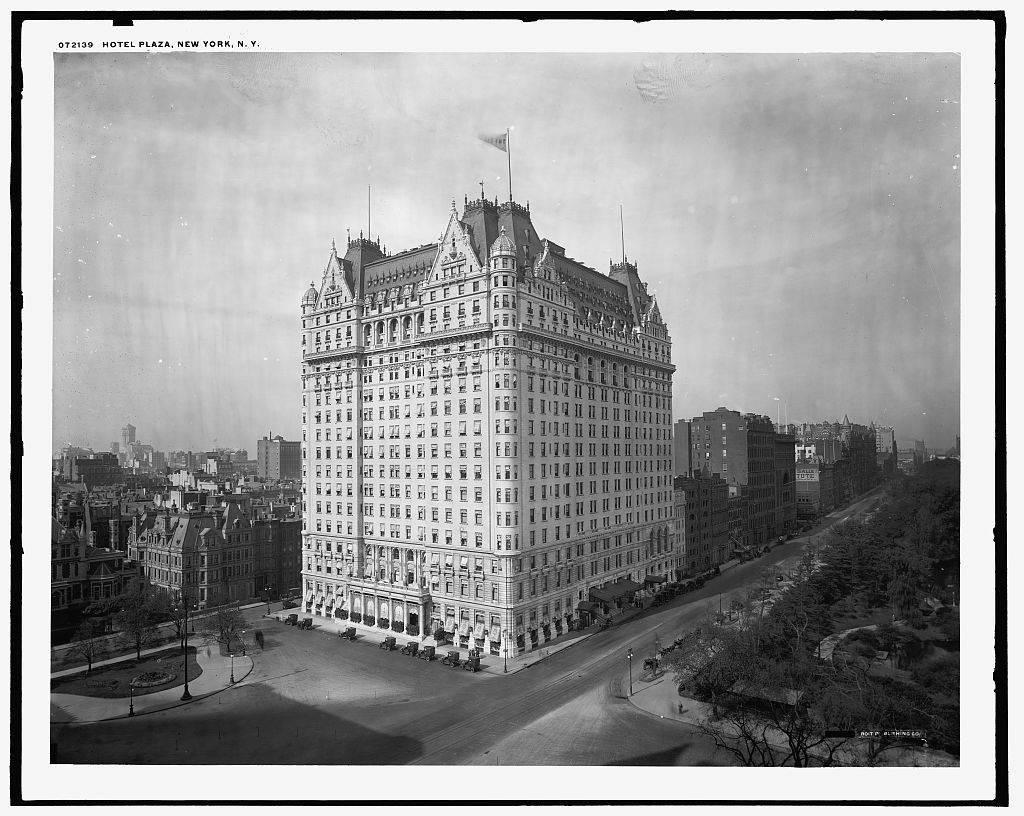
The Plaza Hotel circa 1910. (Photo: Detroit Publishing Company Photograph Collection/Library of Congress)
Lwoff-Parlaghy settled into life in New York, adorning her Plaza rooms with Persian rugs, Gothic art, and her own paintings. But despite the creature comforts, something was missing. Then, according to Curtis Gathje’s book At the Plaza: An Illustrated History of the World’s Most Famous Hotel, a trip to the circus showed the princess that she had been walking around with a lion-shaped void in her heart:
“[T]he princess fell in love with a lion cub she spotted at the Ringling Brothers circus; she tried to buy it but was rebuffed,” writes Gathje. “Determined to have it, she came up with a plan: One of her recent portraits depicted Civil War hero Gen. Daniel E. Sickles (also a figure of some renown at the time), and she convinced him to ask Ringing Brothers for the cub, knowing they couldn’t refuse him.”
This canny plan worked: the Ringling Brothers were guilted into handing over their lion cub to Sickles, who had lost his right leg to a Civil War cannonball at Gettysburg. Sickles then presented the lion to Lwoff-Parlaghy as a “gift,” as though the idea had popped into his head on a whim.
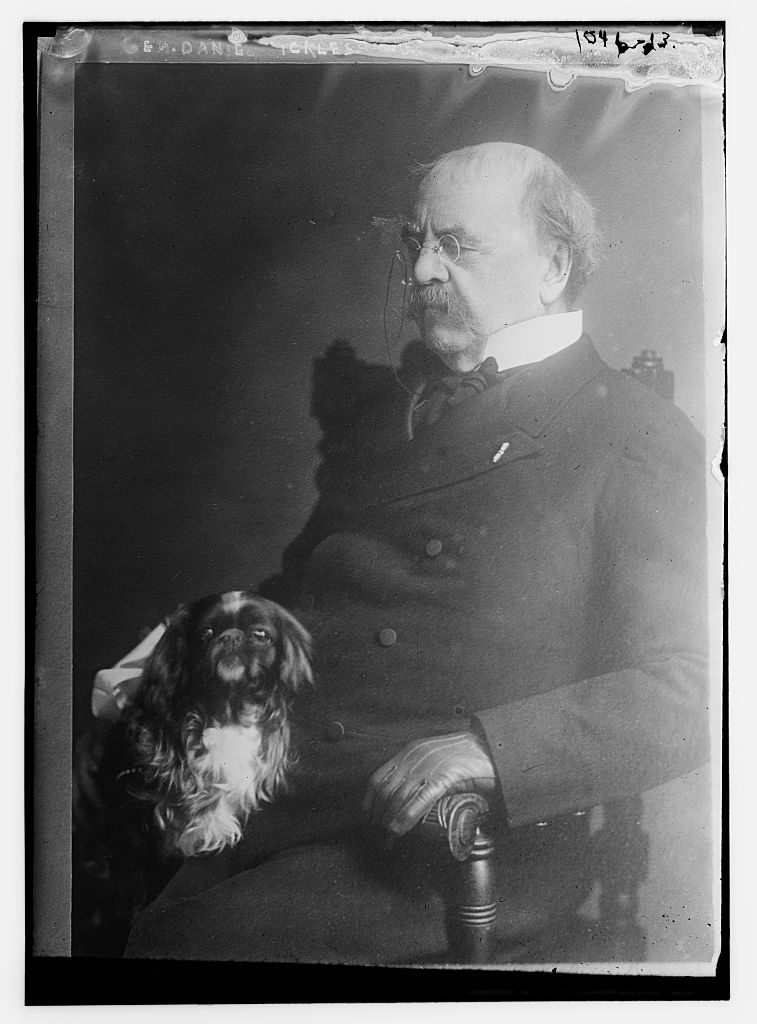
Daniel Sickles, fellow animal aficionado. (Photo: George Grantham Bain Collection/Library of Congress)
The young lion’s official name was Sickles, but the princess took to calling him Goldfleck. Tame but energetic, Goldfleck moved into the third floor suite at the Plaza, where he spent a lot of time hanging out in the giant bathtub of the main bathroom. (There is a delightfully evocative but poorly documented rumor that Lwoff-Parlaghy christened the lion by pouring a glass of champagne on his head.)
A trainer was on hand in case the lion became too rowdy, but Lwoff-Parlaghy liked to tend to Goldfleck herself. For exercise, she took him on leashed walks through Central Park. Despite the luxury amenities at the Plaza and the opportunities to stretch his legs and get some fresh air in the park, Goldfleck seemed to be faring poorly. In 1912, he passed away. Heartbroken, the princess conducted a funeral ceremony in her Plaza suite before journeying to Hartsdale and burying the beloved cub at the pet cemetery. Goldfleck is still the only lion to be interred at Hartsdale in the cemetery’s 119-year history.
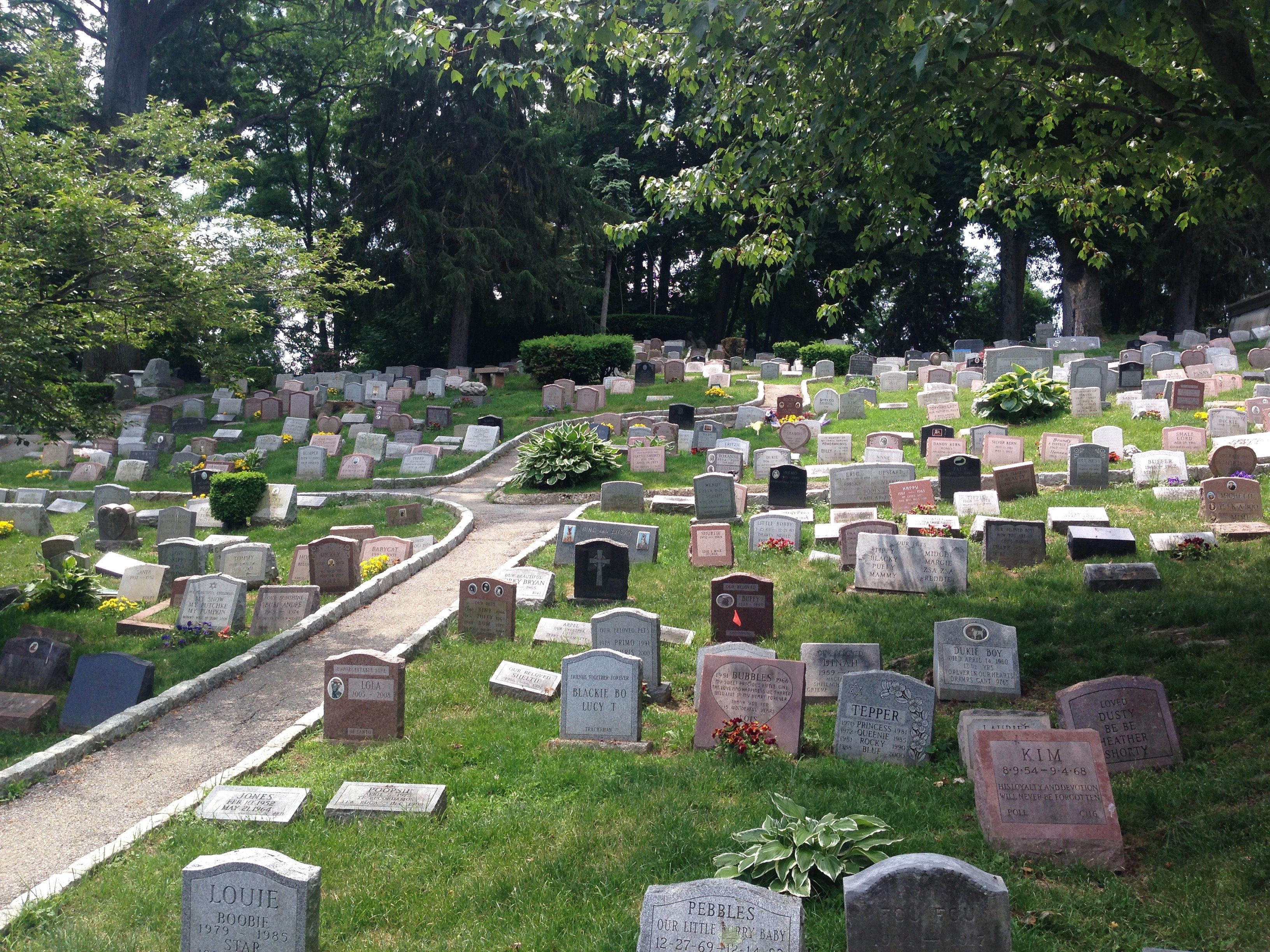
Hartsdale Pet Cemetery. (Photo: Ella Morton)
After Goldfleck’s death, things began to go awry for Princess Lwoff-Parlaghy. The arrival of the First World War decimated her family fortune, and in 1914 she was asked to leave the Plaza, having racked up too much money in unpaid room fees. According to the New York Times, her paintings were held as security against the debt.
By March 27, 1914, the Times had begun to acknowledge Ms. Lwoff-Parlaghy’s mercurial nature, taking note that in April 1910 she “slammed the door of her private elevator in the face of the Duchess of Manchester.” Further tales of her fractiousness followed:
“She has figured in many stirring episodes, including a wild night ride through Connecticut in an auto after she had abandoned a private car on a New Haven train, in which she did not get the privacy she desired because other passengers passed through it in going to the dining car.”
Things had gotten tumultuous, but Lwoff-Parlaghy still managed a triumph with her artwork: She managed to convince the reclusive Nikola Tesla to pose for a portrait. Tesla, a man obsessed with hygiene and plagued with a pathological fear of women wearing pearls, believed it to be unlucky to sit for a painting. The portrait that Lwoff-Parlaghy created in 1916 remains the sole one for which he posed. The princess unveiled the artwork during a special reception at her post-Plaza home, located 20 blocks south on East 39th Street.
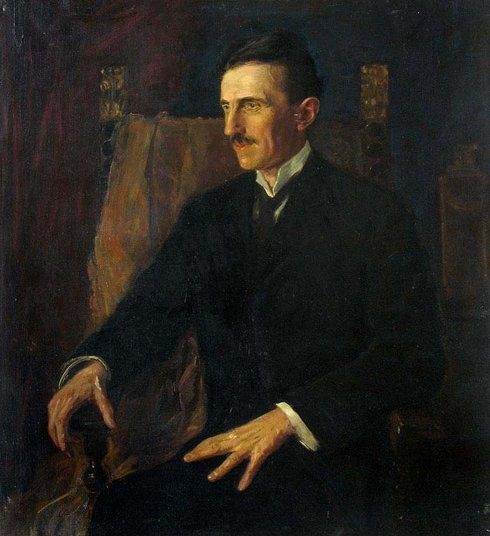 Lwoff-Parlaghy’s portrait of Nikola Tesla. (Photo: Public domain/Wikipedia)
Lwoff-Parlaghy’s portrait of Nikola Tesla. (Photo: Public domain/Wikipedia)
Princess Lwoff-Parlaghy died on August 29, 1923, having faded from public view. “The last few months of her life no one heard from or about her,” wrote the Times in April 1924. A report from the day after her death noted that “[n]othing remained of the pomp and of the gorgeously uniformed entourage which had surrounded the Princess in earlier days.” Still, she was buried at the Bronx’s Woodlawn Cemetery in a manner fit for a royal: Dressed in blue and silver robes, her head adorned with a silver crown.
Reflecting on her life and times a few months after her death, the Times wrote: “A number of the more conservative members of old time New York society, as well as the newer and less sure, came, saw and were conquered by the Princess who had not only beauty, but charm.” Oh, and one more thing: “She loved animals.”
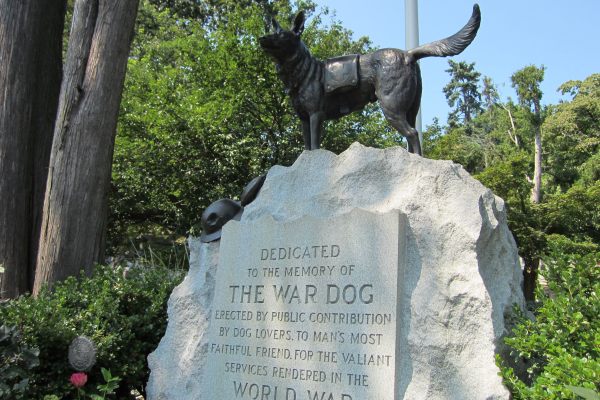




Follow us on Twitter to get the latest on the world's hidden wonders.
Like us on Facebook to get the latest on the world's hidden wonders.
Follow us on Twitter Like us on Facebook